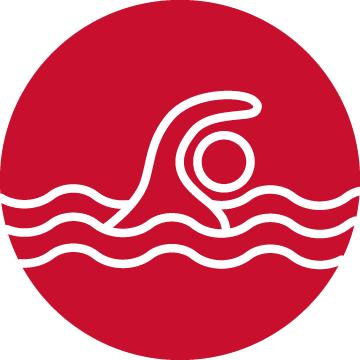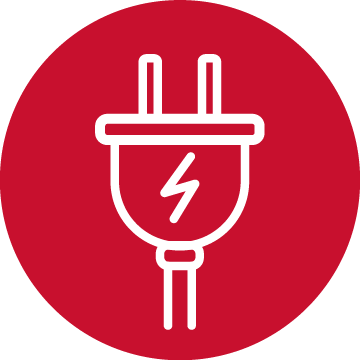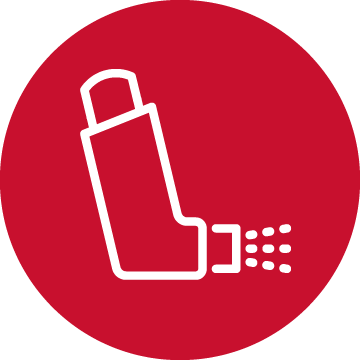
Cardiac arrest
What is a cardiac arrest?
Cardiac arrest is an electrical fault in the heart. The heart stops beating normally. When this happens, blood can’t reach the brain and other important parts of the body.
A cardiac arrest can be deadly if not treated quickly.

.png?format=pjpg&auto=webp)

What causes a cardiac arrest?
A cardiac arrest can happen for many reasons. Some of the common ones are:
.png)
|
Heart disease |

|
Trauma or injury |

|
Drowning or choking |

|
Electrocution |

|
Severe asthma or allergic reactions |
But here’s something important to remember:
Sometimes, there’s no clear reason. It can happen to anyone – young or old, fit or not – anywhere, anytime. Even if someone looks healthy, they can still have a cardiac arrest.
Other things can make a cardiac arrest more likely:
- A family history of heart problems
- If you’ve suffered a heart attack before
- Getting older
- Being male
- Smoking
- High blood pressure and cholesterol
- Being overweight
- Diabetes
- Not exercising or being active
- Drinking too much alcohol
- Using illicit drugs
What are the signs and symptoms of cardiac arrest?
Cardiac arrest happens suddenly, and the signs show up straight away.
Someone in cardiac arrest will:
- Collapse and fall down.
- Not wake up or respond when you try to talk to or shake them.
- Not breathe normally or at all – they may gasp, choke, gurgle or sound like they’re snoring.
What is the difference between a cardiac arrest and a heart attack?
A heart attack and cardiac arrest are not the same thing. Both are medical emergencies where you must call Triple Zero (000) immediately.

A heart attack is a plumbing problem, where blood can’t get to parts of the heart. During a heart attack:
- The person is usually awake and breathing.
- They might feel chest pain, feel sick or have trouble breathing.
- They can cry for help.
A heart attack can potentially lead to cardiac arrest.

A cardiac arrest is an electrical problem, where the heart suddenly stops beating normally. During a cardiac arrest:
- The person is not conscious and not breathing normally, if at all. You cannot wake them up.
- They cannot cry for help.
How to help someone in cardiac arrest
If someone’s in cardiac arrest, act fast. Remember: Call, Push, Shock.
- Call Triple Zero (000)
- Push hard and fast on the centre of the chest
- Shock with an AED if one is nearby
You don’t need training – just follow the steps. Any attempt is better than none.
Learn exactly what to do with Call, Push, Shock.
What happens after cardiac arrest?
A cardiac arrest is a life-altering and often traumatic experience, whether you lived through it or you helped someone else.
After resuscitation, your healthcare team will:
- try to identify the cause through tests including imaging, blood tests and genetic testing
- assess risk factors and check for underlying conditions for cardiac arrest
- discuss treatment options to prevent future cardiac arrests.
Many survivors go on to live healthy, fulfilling lives.
Find support
If you have been affected by cardiac arrest, you might like to join our MyHeart MyLife online community to connect with people across Australia who are on a similar recovery journey.
If you have responded to someone in cardiac arrest, it’s normal to feel shaken or emotional. Talking to someone can help you process what happened. Below are some organisations that offer mental health support:
- Lifeline - Ph 13 44 14
- Beyond Blue - Ph 1300 224 363
- 13YARN - Ph 13 92 76
Frequently asked questions
How many cardiac arrests occur in Australia?
Over 32,000 people who live in Australia suffer a cardiac arrest every year with 80% occurring at home.
What's the survival rate of cardiac arrest?
Only 1 in 10 people survive a cardiac arrest outside of hospital.
But if someone starts CPR straight away, the chances of survival can double.
And if CPR and an AED are used within the first 3–5 minutes, survival rates can jump to 60–70%.
That’s why it’s so important to step in and Call, Push, Shock.
Learn more about what to do if you find someone in cardiac arrest.
How can I prevent cardiac arrest?
Because some cardiac arrests happen with no explanation, it is not always possible to prevent one.
However, there are some things you can do to help reduce your risk of having a cardiac arrest. This includes eating a heart-healthy diet, being physically active, maintaining a healthy weight, quitting smoking and limiting alcohol.
If you have an existing heart condition, managing it by taking your medicines as prescribed and having regular check ups with your GP can also help keep your heart healthy.
Do cardiac arrests only happen in old people?
No. While people over 70 years old are more prone to cardiac arrest, it can happen to anyone, at any age.
About us
Call, Push, Shock
